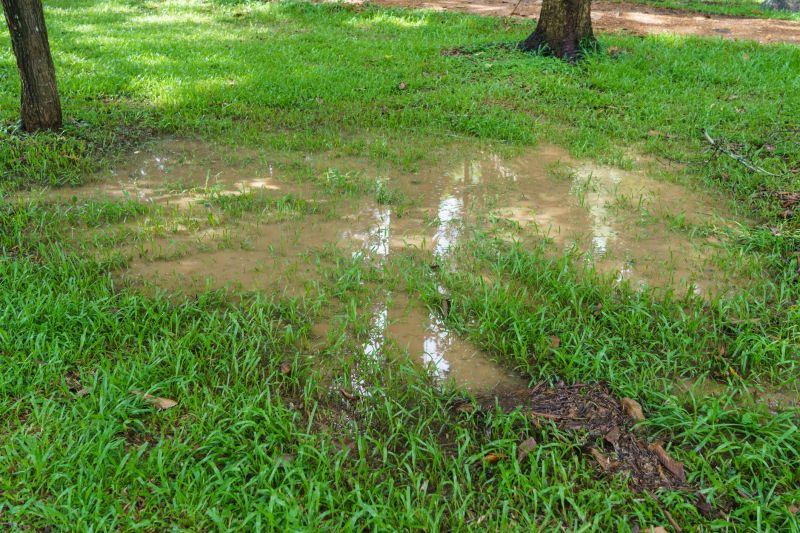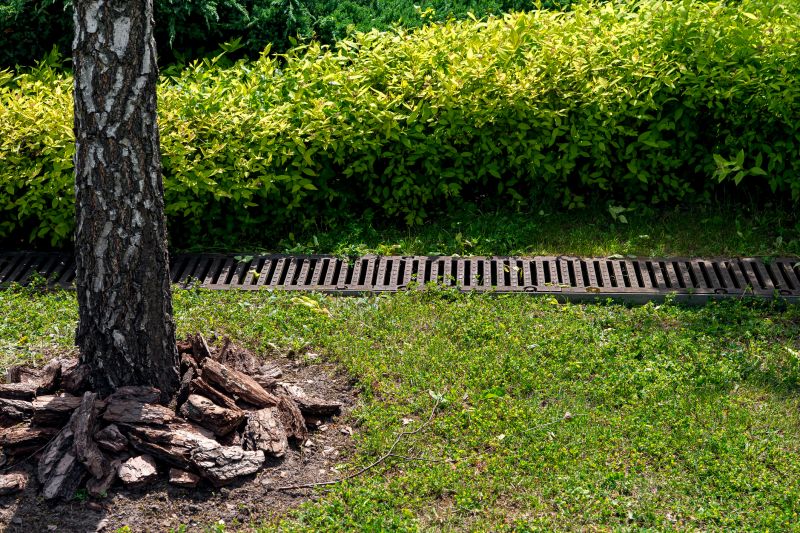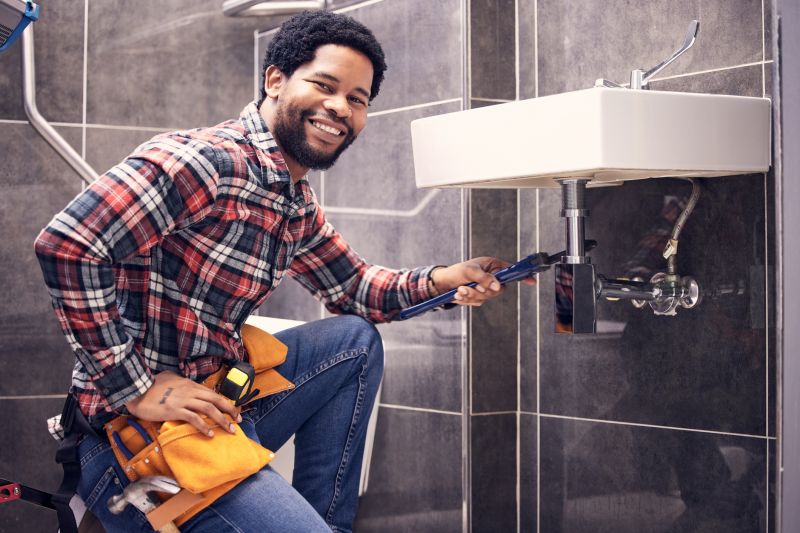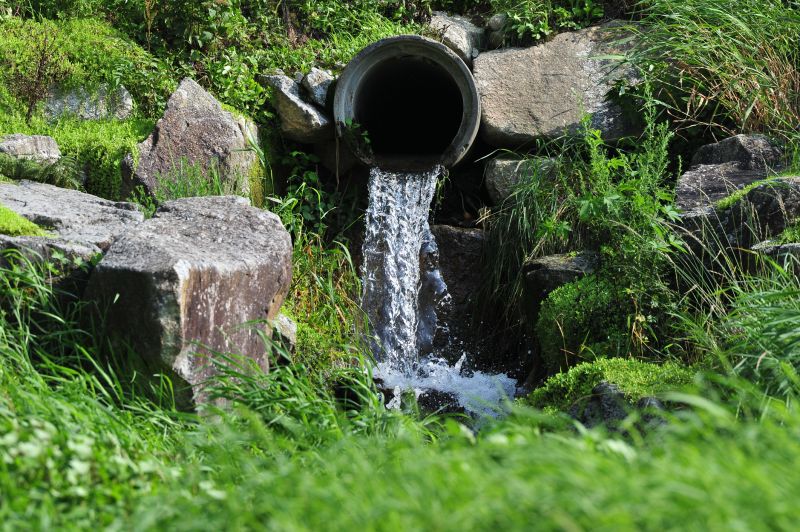Optimal Timing for Catch Basin Installations
Timing for catch basin installations depends on weather conditions, project scope, and site readiness. Proper planning ensures effective drainage and minimizes disruptions.
Spring offers moderate weather and allows installations before heavy rainfall seasons, reducing the risk of delays.
Summer provides longer daylight hours and stable weather, ideal for completing installations efficiently.
Fall can be suitable before winter, provided temperatures remain above freezing to prevent ground freezing during work.
Winter is generally less ideal due to cold temperatures and frozen ground, which can hinder excavation and installation processes.

Ways to make Catch Basin Installations work in tight or awkward layouts.

Popular materials for Catch Basin Installations and why they hold up over time.

Simple add-ons that improve Catch Basin Installations without blowing the budget.

High-end options that actually feel worth it for Catch Basin Installations.
Catch basin installations are critical components of drainage systems, designed to intercept and divert surface water runoff. Proper installation enhances stormwater management, reduces flooding risk, and protects infrastructure. The process involves excavating the site, installing the basin and associated piping, and ensuring proper sealing and grading. Accurate timing ensures the soil is workable and weather conditions support construction activities. Installing during favorable weather conditions reduces the risk of issues such as soil erosion, improper curing, or delays caused by rain or freezing temperatures.
Choosing the right time for installation ensures optimal soil conditions and reduces project delays.
Scheduling installations during stable weather periods minimizes disruptions and ensures system longevity.
Timing can influence project duration, with milder seasons typically allowing faster completion.
Proper site preparation aligned with seasonal weather enhances installation success.

Finishes and colors that play nicely with Catch Basin Installations.

Little measurements that prevent headaches on Catch Basin Installations day.

A 60-second routine that keeps Catch Basin Installations looking new.

A frequent mistake in Catch Basin Installations and how to dodge it.

Small tweaks to make Catch Basin Installations safer and easier to use.

Lower-waste or water-saving choices for Catch Basin Installations.

The short, realistic tool list for quality Catch Basin Installations.
| Season | Ideal Conditions |
|---|---|
| Spring | Moderate temperatures, dry weather, soil is workable. |
| Summer | Longer days, stable weather, minimal rain. |
| Fall | Before winter, mild weather, soil still workable. |
| Winter | Cold temperatures, frozen ground, generally unsuitable. |
| Late Spring/Early Summer | Optimal for timely project completion. |
| Late Fall | Possible, if weather remains mild and ground unfrozen. |
Understanding the optimal timing for catch basin installations helps ensure efficient project completion and system effectiveness. Proper scheduling considers local climate patterns, soil conditions, and project scope. Consulting with drainage specialists can provide tailored recommendations based on specific site conditions. If interested in scheduling or learning more about catch basin installations, filling out the contact form is recommended to receive detailed information and support.



